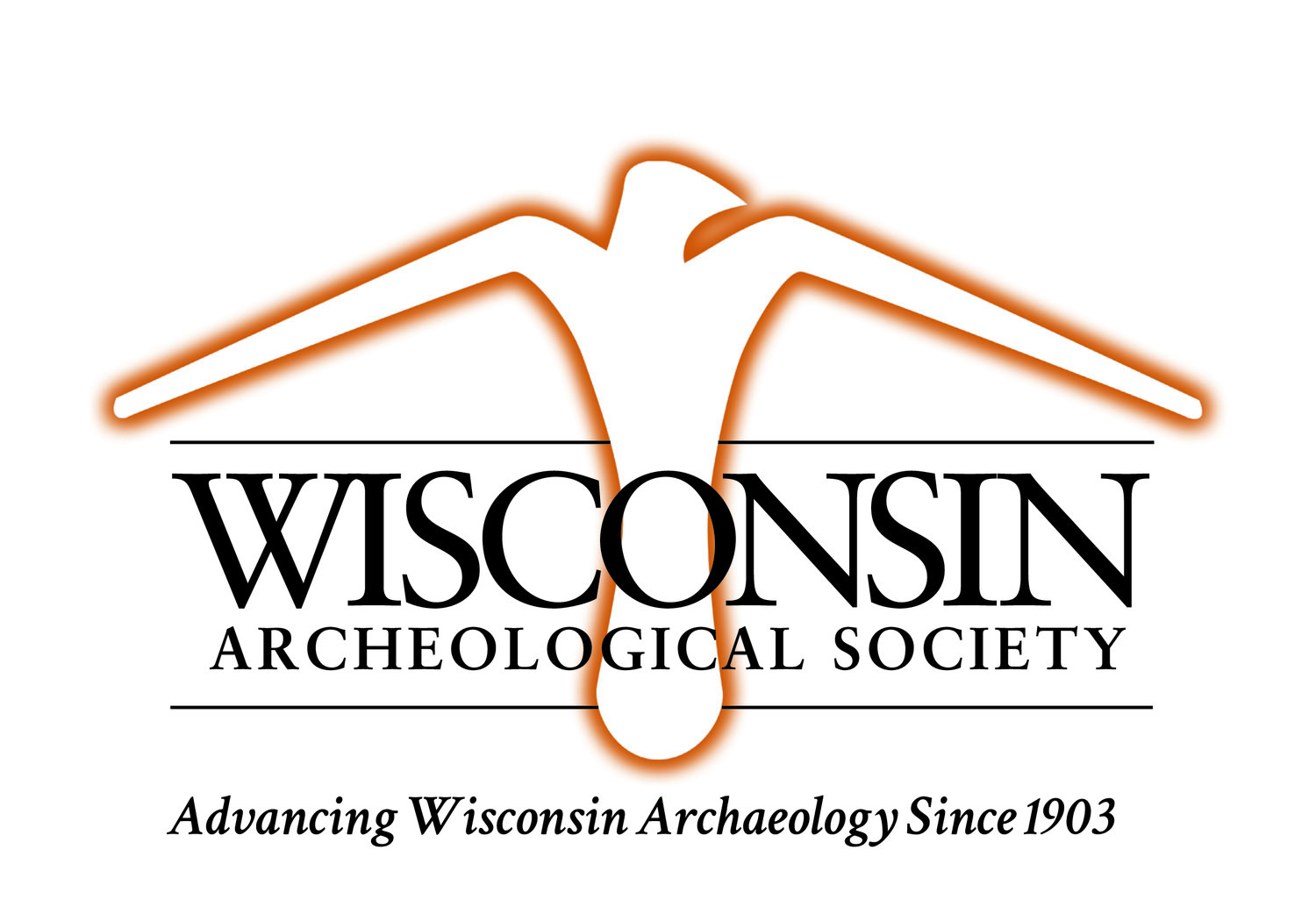Charles E. Brown
October 24, 1872 – February 15, 1946
The name Charles E. Brown is nearly synonymous with the early history of the Wisconsin Archeological Society. Today we mark the 150th anniversary of his birth on October 24, 1872. It was the beginning of a life that would extend for more than 73 years and would contain more accomplishments than would seem possible for just one man.
Brown was among the founders of the Wisconsin Archeological Society in 1903 and would serve for nearly 40 years as its first Secretary. The title “Secretary,” however, does not do justice to vast amount of work he did for our organization. Using today’s terminology, he likely would have held the title of Executive Director for the Society. Along with an extensive correspondence, often done in very readable long-hand script, without the modern conveniences of word processing and email, he also was the editor of the first 40 volumes of The Wisconsin Archeologist, which was then a quarterly publication. Not only did he edit the journal, but he contributed more than 140 articles and reports to its pages. Brown also was a prime organizer of many of the activities of the Society, particularly the well-attended field assemblies at archeological sites throughout the state. These events would often be coupled with an effort to preserve a site such as the field assembly in 1919 at the end of the S. A. Barrett’s first year of excavations at Aztalan. This event would lead directly to the first purchase of land for preservation at that site which would be maintained as Aztalan Mound Park by the Society for a quarter-century before being incorporated into the new Aztalan State Park in 1947.
Although Charles E. Brown can be considered to be the leading light of the Wisconsin Archeological Society during the first third of its existence, he was not a ‘one-man-show.’ He was a wonderful educator and tireless encourager of anyone who sought his assistance. His infectious enthusiasm for Wisconsin’s cultural history would bring a wide and diverse group of citizens from rural farmers to governors to indigenous people to contribute information about sites and artifacts, and to work alongside him for their preservation.
Perhaps the greatest monument to Charles E. Brown’s work is his untiring efforts to save and preserve the effigy and other burial mounds throughout Wisconsin and particularly in the Four Lakes area. Many of the mounds and mound groups that have been preserved in the state are the direct or indirect result of Brown’s efforts. Most notably, Brown played a leading role in the preservation of the Man Mound near Baraboo, now a National Historic Landmark, in 1907 which was acquired by the Wisconsin Archeological Society, the Sauk County Historical Society and the Wisconsin Federation of Women’s Clubs. Thirty years later, in 1937, Ferdinand Heim, would donate the Heim Mound in Middleton to the Society. Twenty-two years earlier Brown had surveyed that mound and encouraged Heim to care for it.
Brown was an inveterate record-keeper of every report of an archeological site that crossed his desk. This would be compiled and published by the Society as the “Record of Wisconsin Antiquities” beginning in 1906 and updated regularly as more information became available. This early effort would evolve into what is now known as the Archeological Sites Inventory, a vast computer database maintained by the Office of the Wisconsin State Archaeologist. Brown’s own records and maps, and invaluable source of information, are maintained in the archives of the Wisconsin Historical Society.
Aside from his work for the Wisconsin Archeological Society, Brown had a full career as the first director of the Wisconsin Historical Society’s Museum from 1908 through 1944. Prior to that, he had worked at the Milwaukee Public Museum from 1900 to 1908. He also taught archeological and museum studies courses for the University of Wisconsin.
Brown was among the ten recipients of the Wisconsin Archeological Society’s Increase A. Lapham Research Medal when it was first awarded in 1926. After nearly four decades as the Society’s Secretary, Brown was elected the Society’s Vice-President in 1941 and President in 1942. After that, he would serve on the Society’s Advisory Council. His name has been carried on for more than 50 years by the Charles E. Brown Chapter of the Wisconsin Archeological Society that is based at the Wisconsin Historical Society in Madison.
A short announcement of Charles E. Brown’s passing was written by a succeeding editor of The Wisconsin Archeologist, Kermit Freckmann:
Archeological and historical students everywhere greatly regret the passing of our beloved associate, Mr. Charles E. Brown, who died on February 15, 1946. The Wisconsin Archeological Society has suffered the loss of one of the greatest scientists and philanthropists that has ever been recorded in its history. Devoted to scientific accuracy, he was not content to merely classify artifacts, but was also concerned with creating interest and imparting knowledge to the average person.
He cheerfully gave 40 years of his life to the Society as secretary, and was editor of The Wisconsin Archeologist for the same period. Mr. Brown’s contributions to the archeology of the state were such that they, perhaps, will never be equaled. His contagious enthusiasm and smiling countenance, as he spoke for many years before our society, will never be forgotten, and his memory shall always be cherished in the hearts of all of the members who knew him.
While there are likely few, if any, members of the Wisconsin Archeological Society who knew Charles E. Brown during his lifetime, we have all benefited from his work. May we, on this sesquicentennial of his birth, commit ourselves to do what we can to carry on his legacy in our own work.
Robert P. Nurre
President
Wisconsin Archeological Society
Much of the information in this short tribute to Charles E. Brown comes from an article by Robert A. Birmingham, “Charles E. Brown, Wisconsin Archaeologist” published in The Wisconsin Archeologist, 1999, 80(1):14-23.








